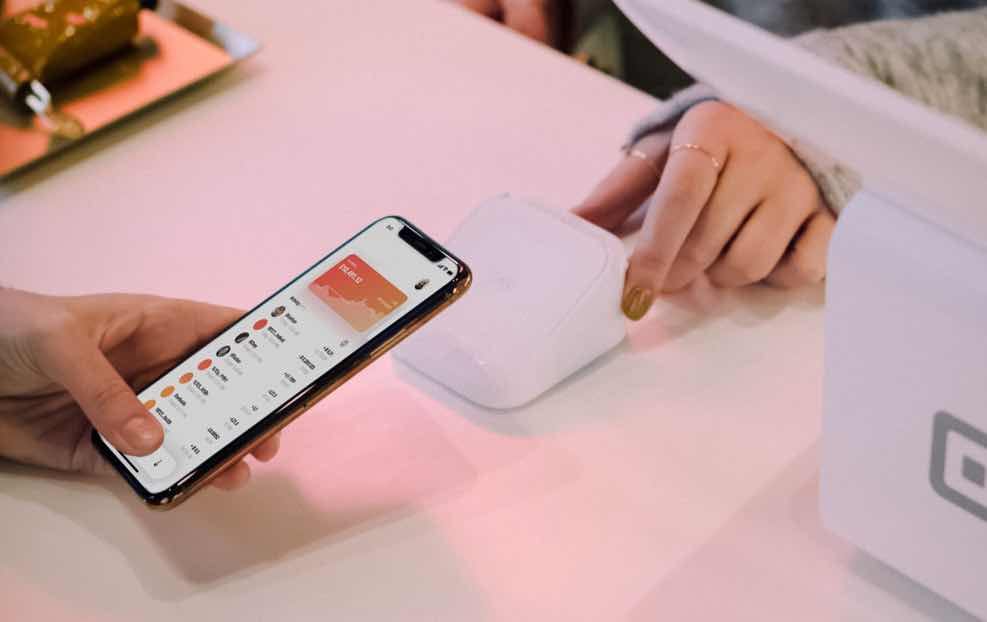In 2019, over $100 billion was traded on the Litecoin Network.

The Litecoin network continued to be used in 2019 despite the widespread collapse of most cryptocurrency markets. According to data provided by Bitinfocharts, more than $100 billion was transferred over the network during 2019.
This is a decrease from 2018, as the bull market peaked in January when $5 billion was traded per day. Omitting this activity in the first half of the year, the average value transferred each day appears to have increased slightly in 2019, from ~$200 million to ~$300 million.
2019 specifically saw the second halving of Litecoin, which led to increased speculative activity on the network. Omitting this data as a departure from average market conditions would result in roughly equal value transfers between 2018 and 2019. This may indicate a broader baseline level of interest from network participants that is not speculative. This base appears to be strongly established at around $100 million per day within ~21,000 steady transactions.
As a result, the average transaction value found comfortable support at ~$5,000/transaction. However, if we look at the median transaction value, we see that it is being driven up by a few very large value transactions, as the median transaction value is much closer to $50/transaction. It may be reasonable to assume that most of the value comes from a small number of high-net-worth individuals, funds, or services.
While $100 billion is a huge number by comparison, it is dwarfed by traditional payment networks like Visa, which had $11 trillion in total transaction volume during the 2018 period. Visa even buried about 2.5 trillion bitcoins traded in 2019. Of course, comparisons between the two are flawed. Since Litecoin is a cryptocurrency and Visa is a fiat service, it does not take into account the total value transferred in $USD and merely provides insight into one area of the larger market.
However, this means that the cryptocurrency market still has a long way to go and a lot of room to grow before it achieves its goal of replacing traditional markets.



